Get ready to dive into the generational juju—because just as Boomers are passing the baton, Millennials are waving a big “no thanks” to some of the old-school staples their parents held dear. From corded landlines to print newspapers, here’s a rundown of the 13 things Boomers are leaving behind that Millennials just aren’t buying (literally or figuratively).
1. Corded Landline Phones
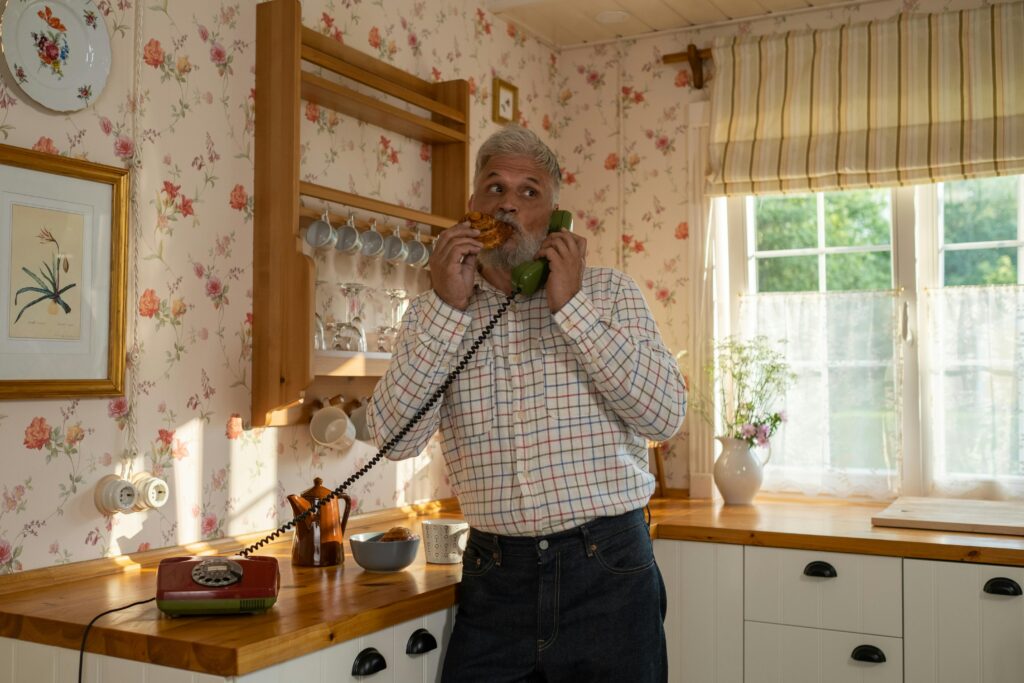
Remember that creaking wall phone your parents clung to? Millennials have ghosted it. Between 2012 and 2013, more than 41% of U.S. households cut the cord and went cellphone-only—driven mostly by younger adults under 35 who saw zero value in paying extra for a landline they never used. By 2016, nearly half of all American households still held onto a landline, but that figure was already on a steady decline of about 3.7% per year. Today, according to the New York Times, the vast majority of Millennials have never even had a landline to unplug—so hearing that dial tone is basically ancient history.
Not only do smartphones handle calls, but they also double as maps, music players, and remote controls for literally everything. Millennials would rather salvage their avocado toast fund than pay for a phone line that can’t Facetime, text slang, or stream Netflix. Sure, Boomers wax poetic about reliability when cell service drops—but let’s be real, “Can you hear me now?” was never the height of excitement. Instead of a chunky receiver, Millennials have sleek, buzzing rectangles that live in their pockets and remind them to breathe every hour. Besides, we’re not about that answering a mystery caller with no caller ID life. If someone wants to reach us, they can text—or better yet, just don’t. Landlines might still exist in hotel rooms and nursing homes, but for most Millennials, they’re basically spooky relics from a pre-internet dimension.
2. Formal Dining Etiquette

Those multi-course, silver-china dinners with obscure forks? Millennials don’t RSVP. According to etiquette guru William Hanson at Business Insider, many young people show up too early or too late, slather bread with a knife, and wield smartphones like extra utensils. The result? Hosts give side-eye while scrambling to hide their Ph.D. in manners. Fancy seating arrangements? Forget it—if the Instagram lighting isn’t right, the whole vibe is canceled.
Nowadays, if you’re not into sharing photos of your kale salad mid-sip, you’re basically a relic. Millennials are more likely to host backyard grill-outs with casual dress codes over a three-hour prix fixe that requires a glossary. The real etiquette? Show up relaxed, help yourself to the guac, and don’t ask where the bread knife is—it’s a tear-and-go zone now. Formal dining rules are often viewed as pretentious or unnecessary gatekeeping. Millennials want inclusivity, not a pop quiz on how to fold napkins into swans. If there’s wine, make it boxed; if there’s dessert, let it be served in mismatched mugs. The vibe is cozy chaos, not Downton Abbey.
3. Single-Use Plastics

Boomers grew up thinking plastic was magic; Millennials see it as modern pollution. A Forbes report found that Millennials are significantly more likely than Boomers to avoid single-use plastic items—like the ubiquitous grocery bag or bottled water—because sustainability matters more than convenience. Reusable straws, bamboo cutlery, and bulk-bin shopping are practically badges of honor for Millennials.
Brands that cling to plastic packaging risk #BoycottCity. From swapping plastic wrap for beeswax wraps to demanding deposit-return schemes, Millennials push companies to innovate or evaporate. It’s not just “greenwashing” lip service; 77% of Millennials say they want to learn how to live more sustainably, and many are willing to pay a premium for eco-friendly alternatives. Single-use? More like single chance with this crowd. You’ll spot them with canvas totes full of lentils and oat milk, not flimsy plastic bags threatening to snap. Even party decorations are shifting—paper streamers over glittery microplastics, thank you very much. And don’t even mention plastic water bottles unless you want a lecture and a free Hydro Flask recommendation. It’s eco-or-bust in this generational shift.
4. The 9-to-5 Office Grind

Punch clocks and cubicle farms belong in black-and-white documentaries. Harvard Business Review recently showed that knowledge workers—especially Millennials—crave control over their time, with many willing to accept pay cuts to keep working remotely. After the Great Resignation, top talent quit when bosses tried to herd them back into fluorescent-lit offices.
Instead, Millennials embraced hybrid schedules, four-day weeks, and the freedom to zoom in from a beachfront Airbnb. The mindset: results over seat-warmers. Meetings at 6 p.m.? Hard pass. Commuting in traffic? No thanks. If your org still tracks time by how long your butt’s in the chair, Millennials will swipe left on your offer faster than you can say “TPS report.” Pajama productivity is real, and so are calendar blocks titled “do not disturb (existential crisis).” They’re measuring output, not timecards. And don’t confuse flexibility with laziness—most are working harder, just smarter. If work can be done from a laptop and a latte shop, why pretend otherwise?
5. Print Newspapers and Magazines

“Extra! Extra! Read all about it!”—only nobody’s buying it. Just 26% of U.S. adults now say they regularly get news in print—the lowest on record for Pew Research Center, driven especially by younger cohorts . Meanwhile, 72% of Millennials access news online at least weekly, often via social media feeds rather than flipping pages.
Subscription piles collect dust; digital alerts live in our pockets. Millennials will pay for quality journalism—just not ink on paper. They want notifications from The New York Times app, not paper cuts from the Sunday edition. Long-form blogs, podcasts, and TikTok explainers have replaced the rustle of broadsheets, and there’s no going back. Instead of Sunday morning newsprint and coffee, it’s scrolling through newsletters while doomscrolling Twitter. Even magazine racks at checkout lanes feel like time capsules. The environment appreciates it too—no more glossy ads destined for the recycling bin. If it can’t be shared or bookmarked digitally, it barely counts as modern media.
6. Unlimited Sprint Data Plans
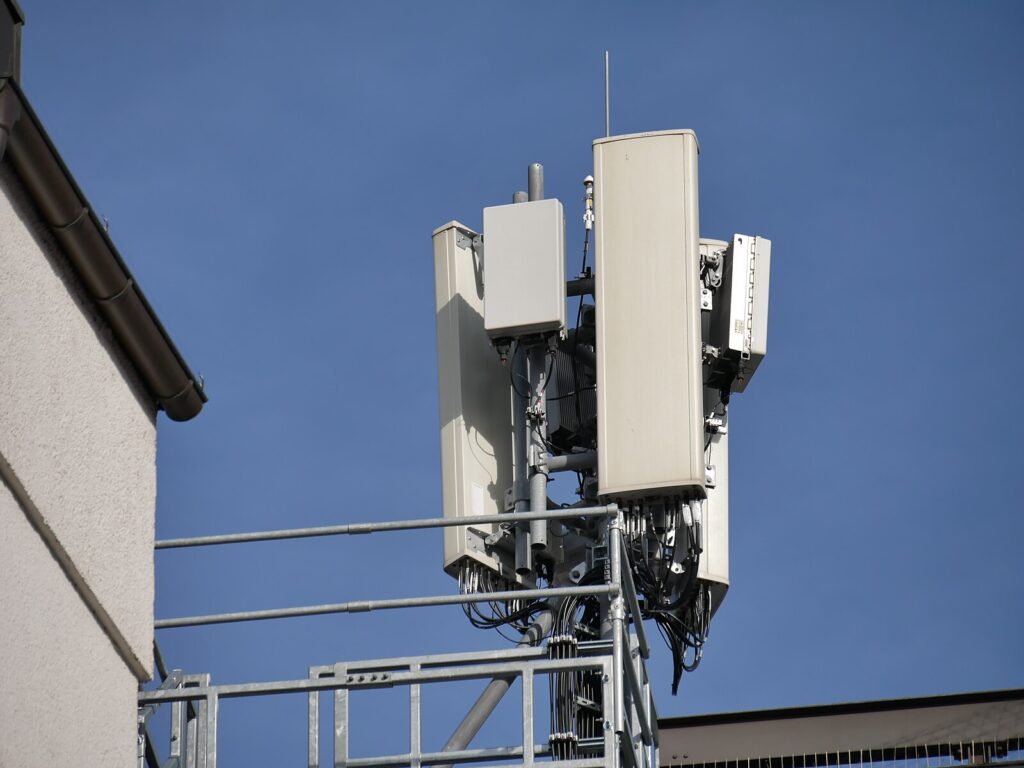
Remember when Grandpa bragged about his unlimited landline minutes? Millennials roll their eyes at unlimited data fees. Instead, they hunt down Wi-Fi hotspots or opt for modest data plans, tethering devices and gaming frugally to avoid overage charges. Why pay extra when so much content is free online? Suddenly that “unlimited” buzzword feels like a marketing ploy rather than a privilege. We’ll gladly pause our Spotify wrapped if it means saving ten bucks a month. Some of us even track our gig usage like a budget spreadsheet—because yes, we’re that extra. It’s more satisfying to hit your data cap on purpose than to pay for a service you barely touch.
Streaming in HD, gaming on the go, and group video chats? All conquered via lean data usage or public Wi-Fi. Even those who can afford unlimited plans find peace of mind in knowing they’re not fueling corporate profit margins on unused gigabytes. Data thriftiness is the new #adulting. Gone are the days of data FOMO—now we strut into coffee shops armed with our reusable cups and hunting for the strongest signal.
7. Formal Retirement Party Gifts

Boomers expect gold watches and framed certificates at their send-off. Millennials, however, want experiences over tchotchkes. Instead of a ceramic plaque, they gift travel vouchers, cooking classes, or digital subscriptions—because memories, not mantel clutter, are the real legacy. It’s less about commemorating decades-old workflows and more about celebrating adventures to come.
Retirement parties now look more like flash mobs than stuffy soirées—think mini food festivals or virtual reality excursions. If you’re still handing out matching shot glasses, you’ll get blank stares (and maybe a refund). Millennials see gifting as an opportunity to encourage new hobbies, not dust-collecting souvenirs. And when the retiree books that skydiving lesson? Well, that’s a story you’ll actually talk about at family gatherings.
8. Excessive Vacation Pushback

“Are you using all your PTO?” For Boomers, taking time off was practically a sin. Millennials flipped that script, treating vacation days like sacred self-care sabbaticals. If your employer grumbles about your trip to Bali, you—you guessed it—respectfully resign.
We schedule mental health days as religiously as dentist appointments. Beach photos on Instagram? Consider it a public service announcement: “Don’t be me.” Travel blogs and remote coworking retreats have replaced PowerPoint thank-you slides. And yes, we still clock back in on Monday—just a little more refreshed than you remember. Burnout badges have officially retired alongside that flamethrower scented candle set.
9. Manual Maps and Printed Guidebooks

Folded paper maps? Vague driving directions scrawled in green highlighter? Millennials left those in the glove box—permanently. Google Maps or Waze pops up the fastest route; offline map apps save the day when service dies.
We’ve all experienced the panic of “Recalculating…” in the wilderness and discovered how sweet that offline map download feels. Travel bloggers’ crowd-sourced itineraries beat any Lonely Planet recommendation. When you need to find the nearest vegan donut shop in Tokyo, nothing beats a local TikTok tour. And if you really want to feel fancy, you add augmented-reality overlays to your adventure—no folding disasters required.
10. Desk-Only Workstations
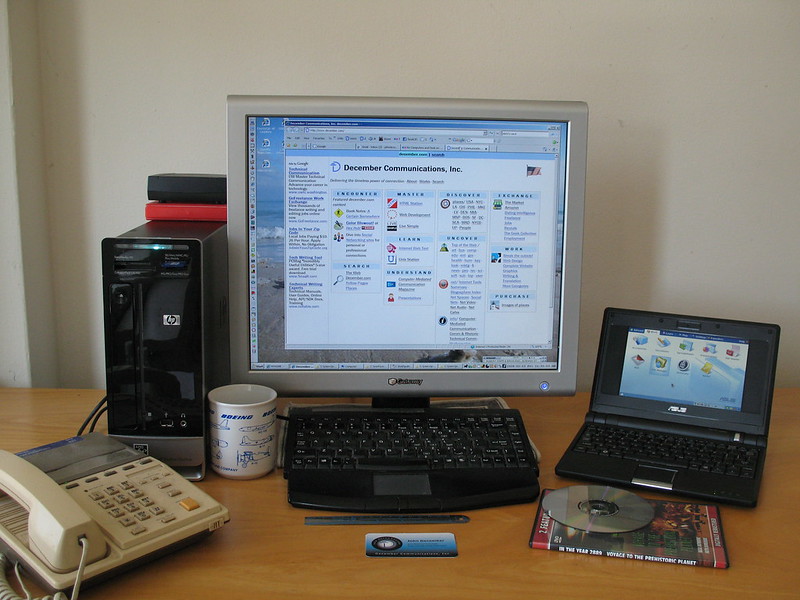
Clunky desktop towers and wired keyboards? Millennials prefer laptops, tablets, even phones for seriously multi-screen multitasking. According to Pew Research, 70% of Millennials own laptops vs. 57% desktops—a flip from older cohorts.
If it’s not portable, it’s probably dusty. Whether it’s weekend work at a cafe or a brainstorm in board shorts, mobility is king. Charging cables have become our least favorite accessory, but we’ll brave the cord tangle for flexibility. And when you see someone lugging a nine-pound desktop, you’ll catch us giggling as we slide into our ergonomic beanbag chairs. Who needs a corner office when your backyard hammock doubles as a boardroom?
11. Legacy Banking Branch Visits
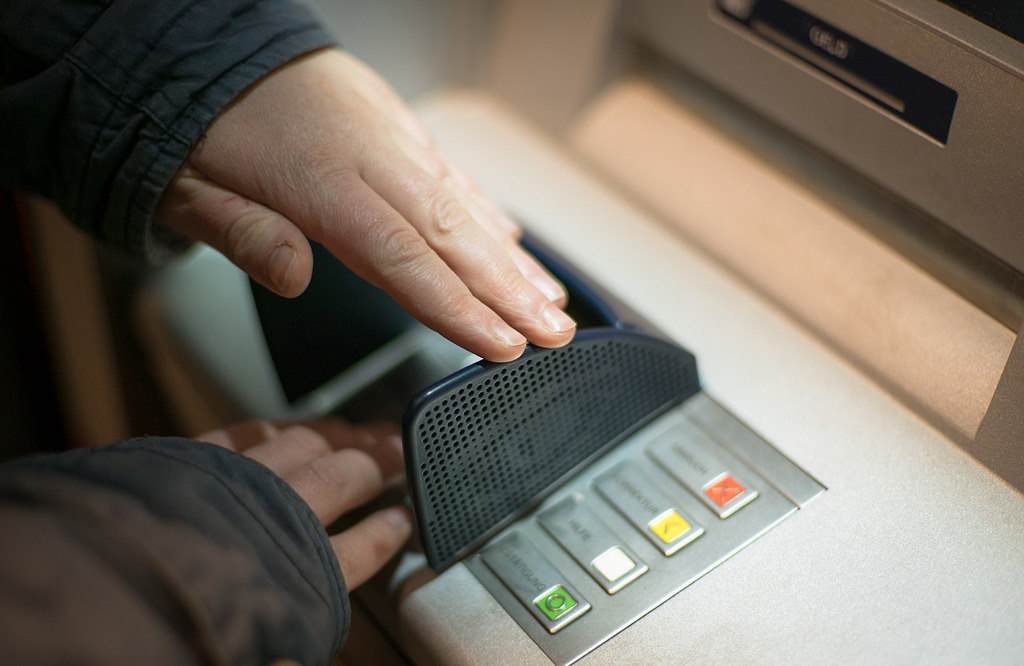
Waiting in line at the bank? Millennials would rather deposit checks by snapping a photo on their phone. Online-only banks with 1% APY and no maintenance fees get the nod over that branch where the drive-thru speaker always garbles your name.
Chatbots, mobile wallets, and instant peer payments—why schedule an appointment when you can tap and go? We’d rather spend our weekends comparing fintech apps than fussing with teller windows. Budget-tracking notifications pop up faster than that free lollipop your little sibling used to beg for. And if Grandma can handle Venmo, so can you—just don’t forget to pay her back.
12. Collecting Stamps for Postage
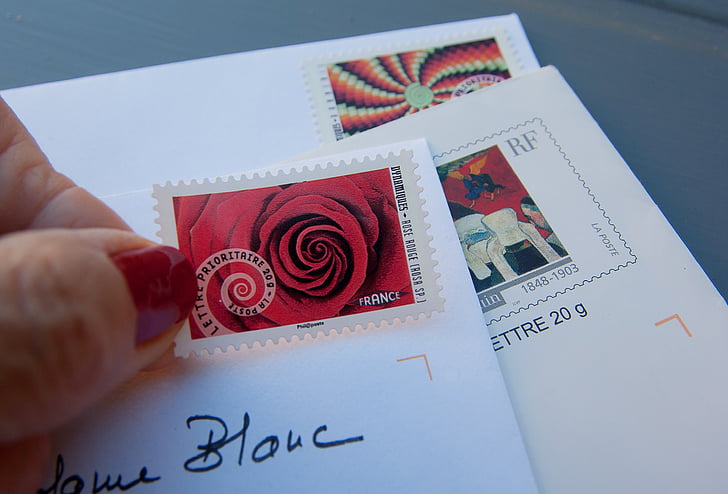
Mailing bills at the post office with penny-thin envelopes and flag stamps? Millennials handle bills and invites digitally—Venmo, e-invoices, e-vites. They barely know what a postage stamp looks like, except in history documentaries.
Occasional snail-mail invites feel like vintage treasures—like receiving a handwritten letter from your childhood pen pal. Unboxing subscription boxes trumps the art of licking envelopes. The buzz of an email notification is more satisfying than the ding of the postman’s truck. If you do send actual mail, expect a congratulatory GIF in return.
13. Keeping Giant Corporate Email Threads

Reply-all chaos, those interminable “per my last email” chains—Boomers cling to them, but Millennials archive or ghost them. Slack channels, WhatsApp groups, and quick pings have replaced inbox marathons.
If it’s not in real time, it’s ancient history. And if you still CC the CEO on every note? Yeah, Millennials will just mute that convo. We migrate from thread to thread faster than you can say “email overload.” The glory days of bloated inboxes are gone, replaced with GIF-filled chatbots and auto-archiving bots that handle our digital housekeeping.
This article is for informational purposes only and should not be construed as financial advice. Consult a financial professional before making investment or other financial decisions. The author and publisher make no warranties of any kind.









